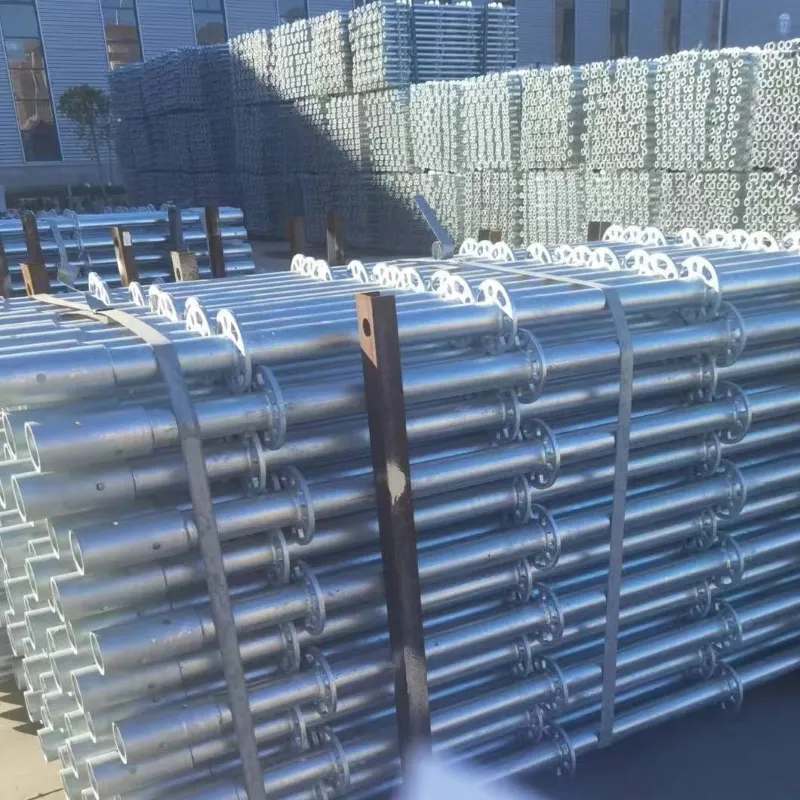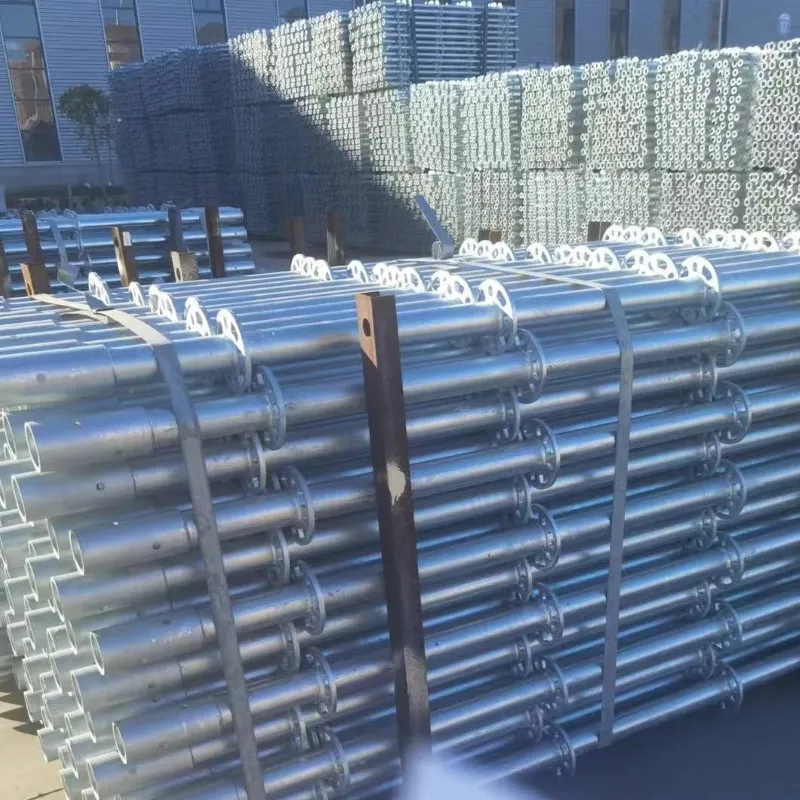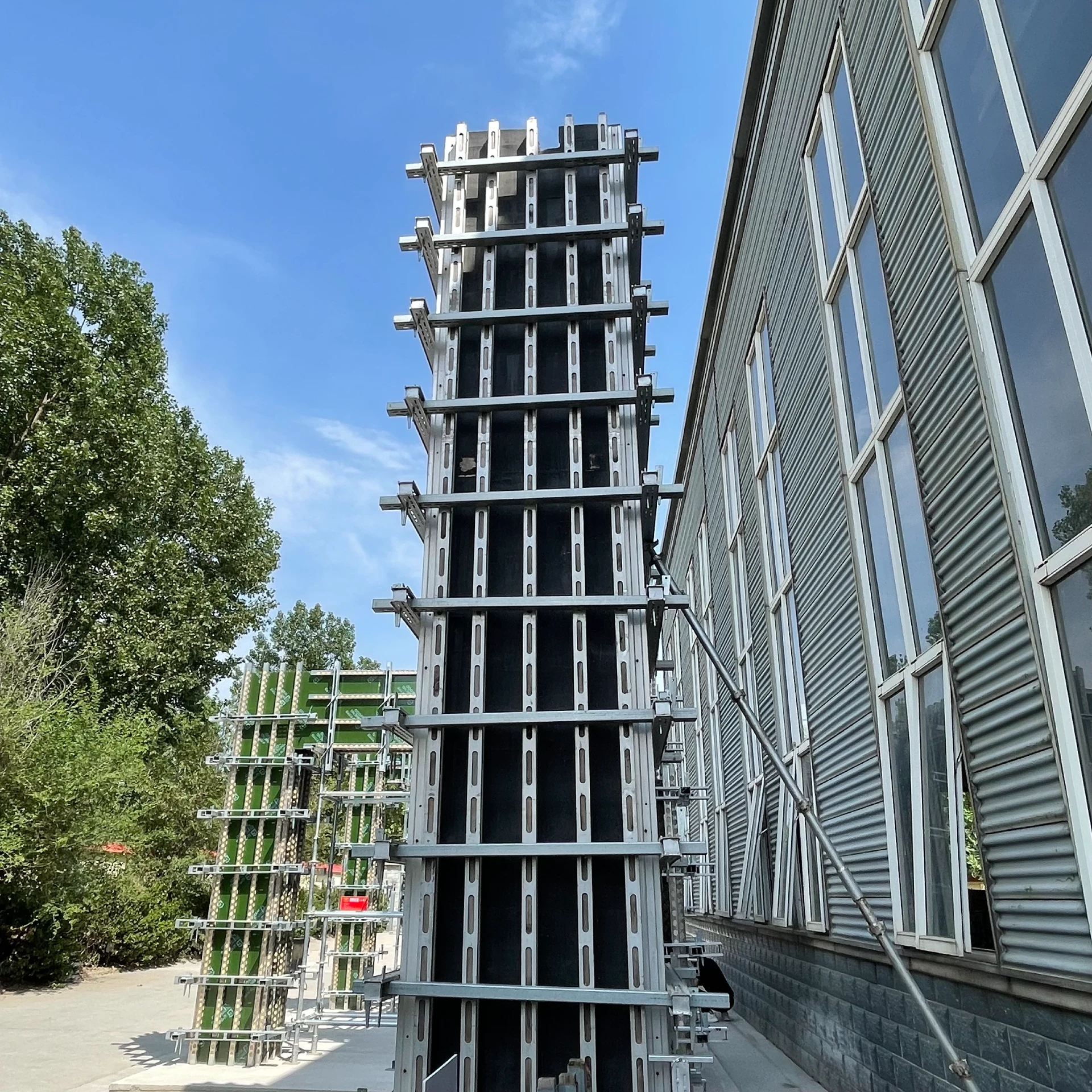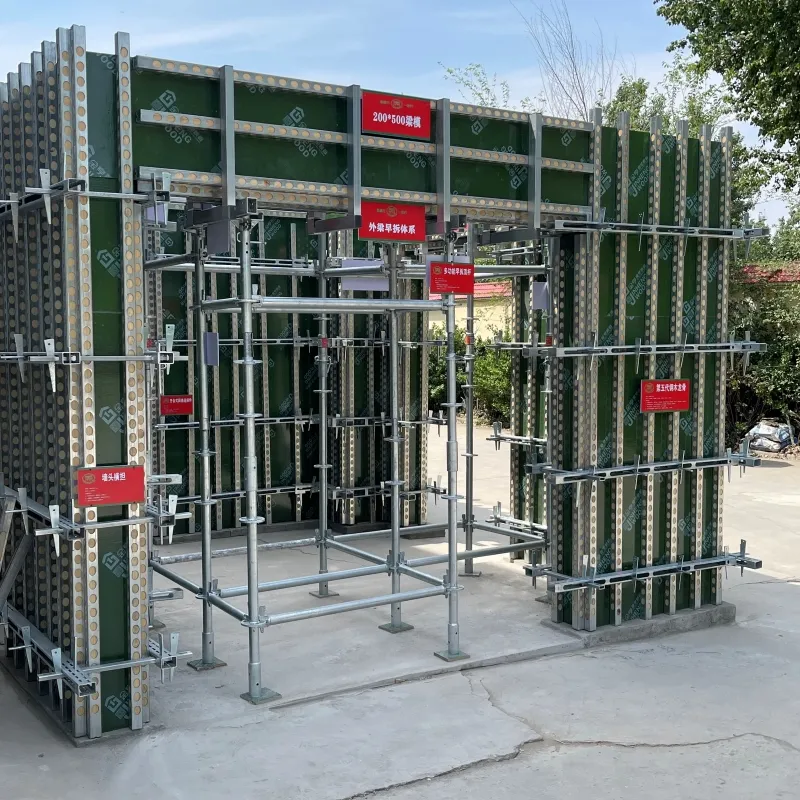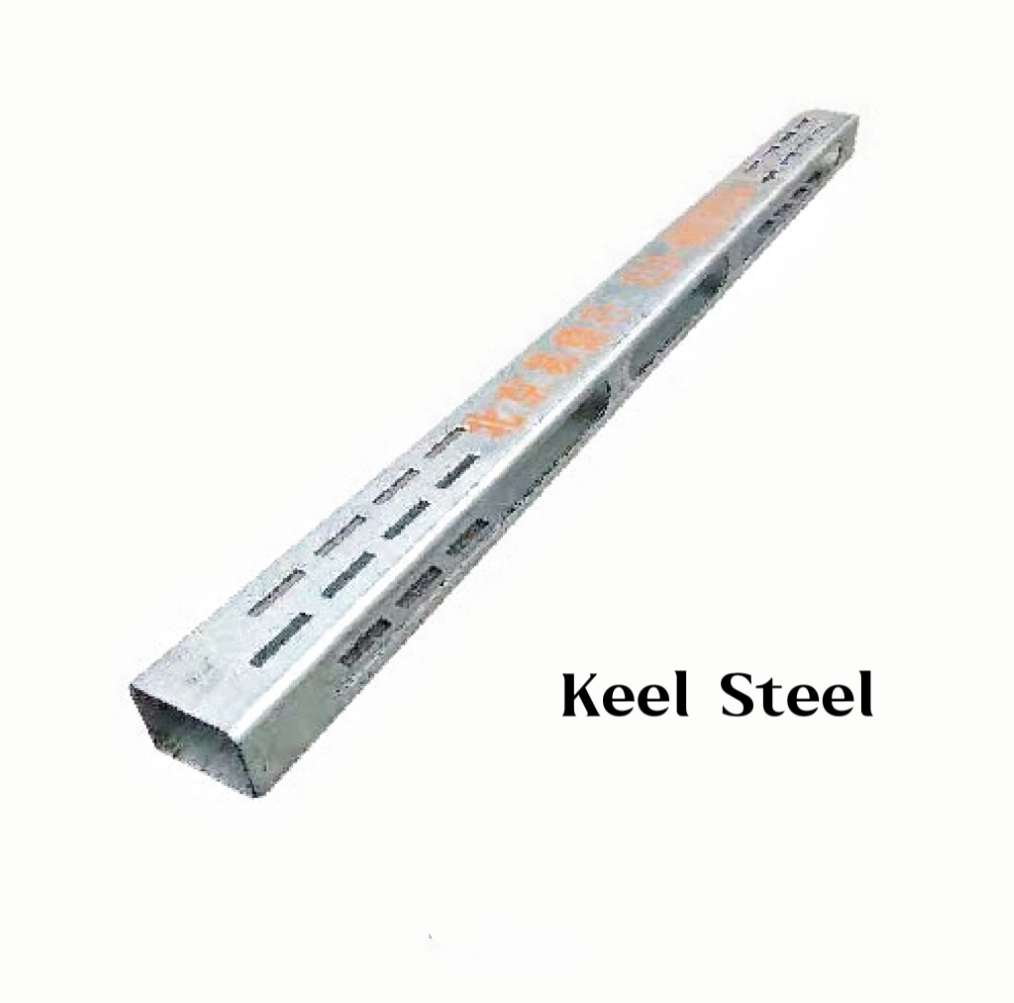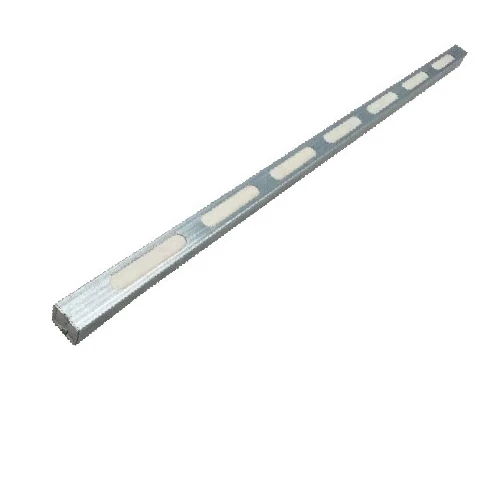
The Fundamental Role of Steel Keel in Building Structures
The construction industry has witnessed a significant transformation with the widespread adoption of steel keel systems in modern building projects. As wholesale suppliers to construction firms and architectural specialists, we recognize the pivotal position these structural components hold in contemporary architecture. The evolution from traditional wood framing to light steel keel technology represents more than just material substitution - it signifies a fundamental shift toward precision-engineered building solutions that offer superior strength, consistency, and design flexibility. Known universally as steel keel in english terminology, these galvanized steel framing members have become indispensable for interior partitions, ceiling systems, and exterior wall applications in commercial, residential, and institutional projects. Our extensive experience supplying bulk quantities of these components has demonstrated their critical role in meeting today's demanding construction requirements for fire safety, acoustic performance, and seismic resilience while simultaneously addressing the growing need for sustainable building practices.

Understanding the Structural Advantages of steel keel Systems
The inherent properties of steel keel components deliver numerous structural benefits that explain their dominance in modern construction. Unlike traditional materials that vary in quality and dimensions, precision-manufactured light steel keel products provide consistent performance characteristics and dimensional stability that streamline the building process. The high strength-to-weight ratio of steel keel in english terminology refers to these cold-formed steel members allows for lighter overall structures while maintaining exceptional load-bearing capacity, reducing foundation requirements and transportation costs. The non-combustible nature of steel keels significantly enhances building safety, particularly in multi-story developments where fire containment is critical. From a wholesale perspective, the predictability of steel keel performance enables more accurate project planning and material estimation, minimizing waste and optimizing inventory management for large-scale projects. The dimensional stability of these components ensures that walls and ceilings remain true over time, eliminating callbacks related to warping or shrinkage that plague traditional wood-framed systems. These structural advantages combine to make light steel keel solutions particularly valuable in projects requiring precision finishes or where long-term performance is paramount.
The Growing Popularity of light steel keel in Sustainable Construction
The construction industry's shift toward environmentally responsible practices has significantly increased demand for light steel keel solutions that align with green building principles. The recycled content of modern steel keel products and their full recyclability at end-of-life contribute to circular economy objectives that are increasingly important to project developers and regulatory bodies. The precision engineering of light steel keel systems generates minimal jobsite waste compared to traditional framing methods, with optimized cutting and assembly processes that maximize material utilization. As wholesale suppliers, we've observed how steel keel in english terminology has become synonymous with sustainable construction in international markets, particularly in projects pursuing LEED certification or other environmental credentials. The durability of steel keels prevents material degradation over time, ensuring long building lifespans that amortize embodied energy over decades of use. Additionally, the lightweight nature of these components reduces transportation energy requirements compared to heavier alternatives, further lowering the carbon footprint of construction projects. These environmental benefits, combined with the material's performance characteristics, explain why light steel keel solutions have become the framing method of choice for forward-thinking architects and builders committed to sustainable development practices.
Technical Considerations for steel keel in english Applications
Proper implementation of steel keel in english framing systems requires understanding several technical considerations that influence performance and longevity. The galvanized coating thickness on steel keel components must be specified according to environmental conditions, with heavier coatings recommended for high-humidity applications or coastal environments. Connection details for light steel keel assemblies require particular attention, as improper fastening can compromise structural integrity and acoustic performance. The design of steel keel in english systems must account for thermal bridging considerations, often incorporating thermal breaks or insulation strategies to maintain energy efficiency. From a wholesale supply perspective, we emphasize the importance of providing complete system components including specialized connectors, bracing elements, and accessories that ensure proper steel keel performance. The engineering of these systems must also consider dynamic loads and seismic requirements in active geological zones, where the ductility of properly designed light steel keel structures provides superior earthquake resistance. Fire-rated assemblies demand specific steel keel in english configurations and material specifications to achieve required fire resistance durations, an increasingly important consideration in modern building codes. These technical factors collectively determine the success of steel keel implementations and underscore why professional design input and quality material sourcing are essential for optimal results.
Installation Best Practices for steel keel Framing Systems
The full performance potential of steel keel components can only be realized through proper installation techniques that respect the material's unique characteristics. Unlike traditional framing materials, light steel keel systems require specialized cutting tools that produce clean edges without compromising the protective galvanized coating. Proper handling procedures prevent deformation of thin-gauge steel keel in english members during transport and installation, maintaining their structural integrity. Installation crews working with steel keel products benefit from laser-guided layout systems that exploit the material's dimensional consistency for precision alignment. The sequencing of light steel keel assembly differs from conventional framing, often incorporating panelized approaches that maximize efficiency in large-scale projects. Particular attention must be paid to acoustic isolation details when installing steel keel in english partitions in multi-unit dwellings, where proper resilient channel installation and penetration sealing dramatically improve sound transmission ratings. Electrical and plumbing rough-ins require pre-planning in steel keel walls to accommodate service spaces without compromising structural performance. These installation nuances highlight why trained crews working with quality materials achieve significantly better results with light steel keel systems compared to conventional framing, particularly in complex architectural applications demanding high levels of precision and performance.
light steel keel FAQs
What distinguishes steel keel from traditional wood framing?
Steel keel offers superior strength, dimensional stability, and fire resistance compared to conventional wood framing materials.
How does light steel keel contribute to faster construction timelines?
Light steel keel systems enable precise prefabrication and consistent installation speeds unaffected by material moisture content.
What maintenance does steel keel in english framing require?
Properly installed steel keel in english systems require minimal maintenance thanks to their corrosion-resistant coatings.
Can steel keel be used in curved wall applications?
Specialized steel keel products are available for curved walls, though radius limitations apply compared to straight runs.
How does light steel keel perform in seismic zones?
Light steel keel structures demonstrate excellent seismic performance due to steel's inherent ductility and energy absorption.
The construction industry's widespread adoption of steel keel technology reflects its numerous advantages over traditional building methods. From basic steel keel components to sophisticated light steel keel systems, these engineered solutions deliver consistent quality, structural performance, and design flexibility that meet modern construction demands. The universal recognition of steel keel in english terminology underscores its global acceptance as a superior building technology. As wholesale suppliers to the construction industry, we've witnessed firsthand how these systems have transformed project outcomes, enabling faster construction timelines, higher quality finishes, and more sustainable buildings. The continued evolution of steel keel products promises even greater innovations in building technology, with advanced coatings, connection systems, and integrated building solutions that will further enhance their value proposition. For bulk purchasers and project specifiers, understanding the full capabilities and proper application of these systems remains essential for achieving optimal results in today's competitive construction environment. The fundamental role of steel keel in building structures will only grow in importance as the industry continues its march toward more efficient, sustainable, and high-performance construction methodologies.
-
The Impact of Weather Conditions on Scaffold Platform PerformanceNewsAug.01,2025
-
The Advantages of Aluminium Scaffolding for Sale in the Construction MarketNewsAug.01,2025
-
Supply Chain Optimization in Joist Reinforcement Plate ProductionNewsAug.01,2025
-
Material Grades and Their Significance in Column Rebar SelectionNewsAug.01,2025
-
How to Select the Right Timber Steel for Structural ApplicationsNewsAug.01,2025
-
The Importance of Reinforcement Bar in ConstructionNewsJul.11,2025
-
The Durability of Timber Steel FurnitureNewsJul.11,2025




